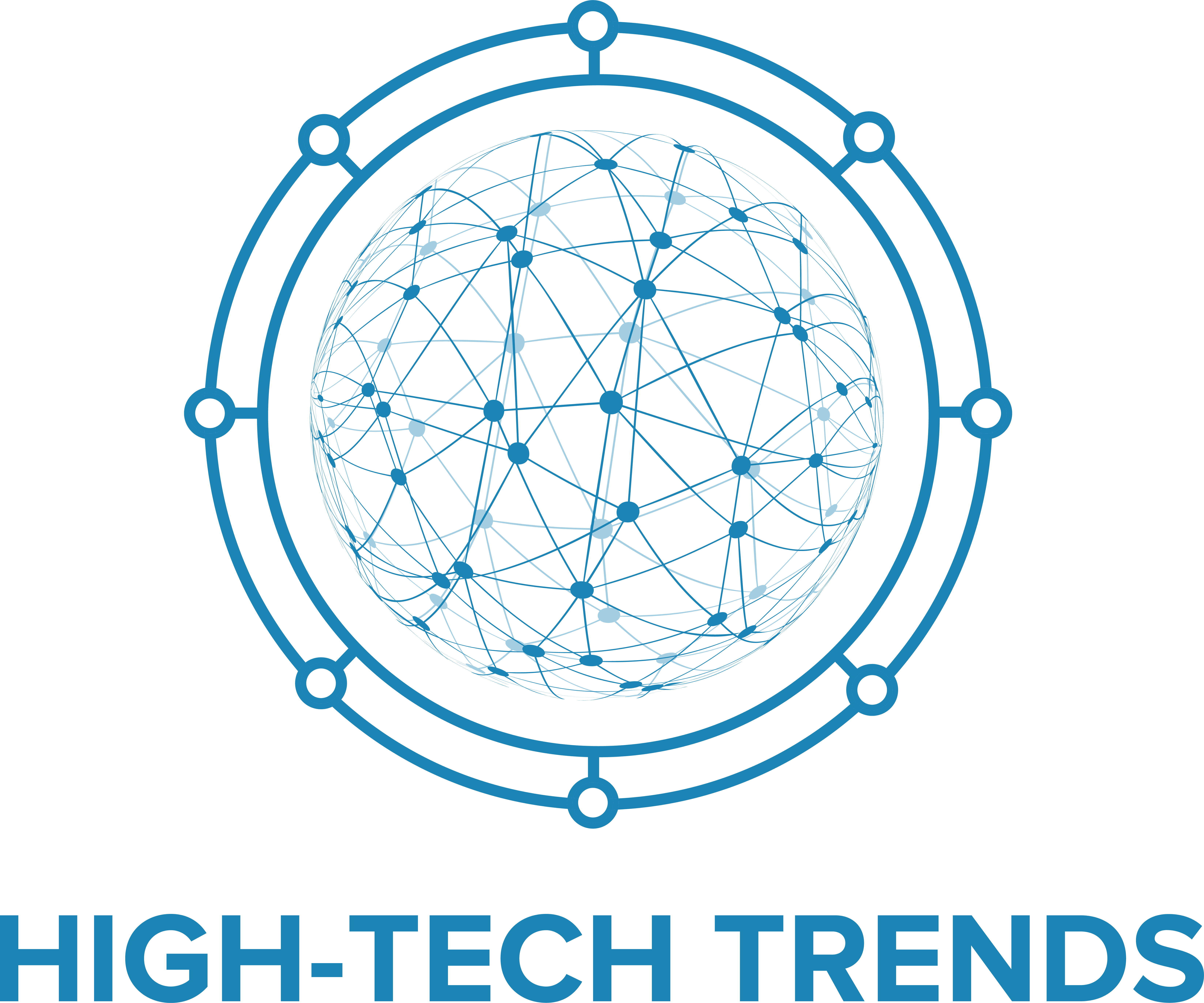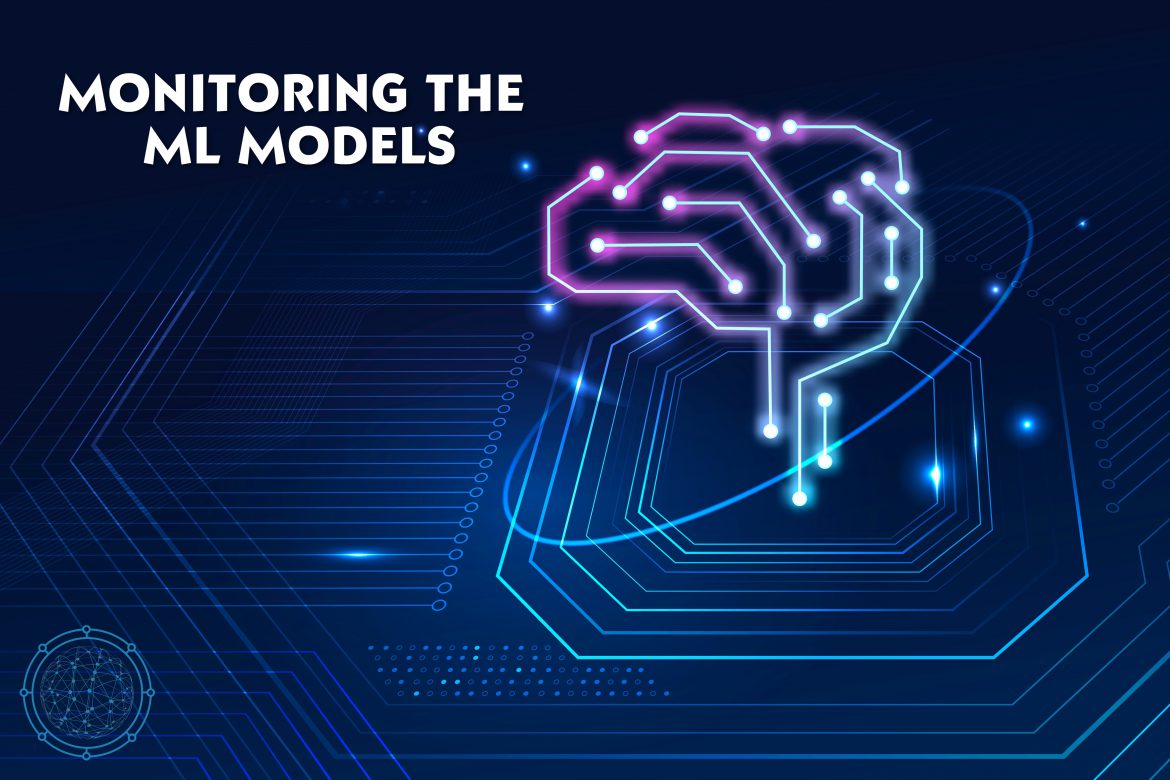Table of Contents
Monitoring the Machine learning models deployed in production
About the Article’s Author: Phani Teja Nallamothu
 Phani Teja is an expert in building scalable technology platforms for AI/ML, big data, Cloud, DevOps, SRE with expertise in healthcare and related fields and loves improving the health of people through technology.
Phani Teja is an expert in building scalable technology platforms for AI/ML, big data, Cloud, DevOps, SRE with expertise in healthcare and related fields and loves improving the health of people through technology.
This article was published on 6th December 2022
Developing and deploying a machine learning model is only half the battle when it comes to taking advantage of the benefits of this powerful technology. To ensure that your model is performing as expected, it is essential to monitor it over time to identify any issues or opportunities for improvement. In this post, we will discuss the importance of monitoring your machine-learning models in production and provide some tips on how to do it effectively.
Why monitor machine learning models?
Monitoring machine learning models is essential to ensure they are performing as expected and delivering accurate results. Machine learning models, unlike traditional software applications, cannot be tested and validated in a traditional manner. Instead, the performance of these models must be monitored in order to identify any potential problems or issues in order to take corrective action. Monitoring machine learning models is also important for detecting changes in the data or environment that could impact the performance of the model and require changes in the model or its parameters. Finally, monitoring machine learning models provides valuable insights into how they are being used and can help to identify areas of improvement that can be made to improve the model’s performance.
How do you monitor the machine learning model in production?
Monitoring your machine learning model in production is essential for maintaining accuracy and preventing costly errors. Without proper monitoring, you won’t be able to detect any drift from the model’s training environment to the production environment. This could lead to unexpected errors in the model’s output and a decrease in overall performance.
When monitoring a machine learning model in production, there are several metrics that need to be tracked. These metrics include accuracy, precision, recall, F1 score, confusion matrix, and more. To track these metrics accurately, it’s important to set up alerts and notifications when certain thresholds are crossed.
Another key component of model monitoring is tracking how the model performs with new data. When a new data set is introduced into the production environment, it’s important to monitor how the model’s performance is affected. This allows you to quickly identify if the model needs to be retrained or if it needs additional features to improve accuracy.
Using these monitoring methods and tools will help you ensure your machine learning models are performing as expected in production and help you identify any potential problems before they become costly mistakes.
What are the three types of machine learning model monitoring?
- Performance monitoring: This type of monitoring tracks the accuracy of a machine-learning model over time. It compares predicted values to actual values in order to determine the model’s accuracy, as well as its ability to handle increasing data volume.
- Data drift monitoring: This type of monitoring examines changes in input or target variables to detect if there are any discrepancies between the data used to train the model and the data used to evaluate it. This helps ensure the model is not overfitting or underfitting the data.
- Explainability monitoring: This type of monitoring identifies factors that have an influence on a model’s predictions, allowing developers to better understand why the model makes certain decisions. Explainability monitoring can also be used to identify potential bias in a model’s output.
How Elasticsearch, Logstash, and Kibana Are Used for Logging Purposes?
Elasticsearch, Logstash, and Kibana (ELK) stack is a powerful solution for collecting, storing, and analyzing log data from ML models. ELK stack provides an easy way to search and visualize ML-related logs with its built-in query language and dashboard.
Logstash is used to collect log data from different sources and parse it into the JSON format. This JSON data can then be stored in Elasticsearch, a distributed search and analytics engine, which helps with data indexing and retrieval. ELK also comes with Kibana, which is a powerful graphical user interface that makes it easy to create sophisticated visualizations.
Using ELK stack, organizations can build centralized logging pipelines that are capable of ingesting data from multiple sources such as web servers, application servers, message queues, databases, etc. This allows them to quickly detect anomalies and gain insights from the data. With ELK stack, organizations can also set up alerts for any unusual behavior that might be related to their ML models. Additionally, ELK stack enables companies to monitor the performance of their ML models in production. This helps them keep track of model accuracy, speed, and any other parameters they may be interested in.
How do I monitor service with Prometheus and Grafana?
Monitoring Machine Learning models deployed in production can be a daunting task. To ensure that your models are running smoothly and efficiently, you need to know how they perform in real-time. This is where tools like Prometheus and Grafana come in.
Prometheus and Grafana are two popular tools used to monitor machine-learning models in production. Prometheus is an open-source monitoring system that collects data on the performance of a machine-learning model over time, while Grafana is a visualization platform used to create meaningful visualizations of the data collected by Prometheus.
Prometheus allows us to collect and visualize metrics of our ML models such as accuracy, latency, loss, etc. We can also define alert rules on Prometheus to monitor any anomalies or problems with our model.
Grafana is an analytics platform that helps visualize the data stored in Prometheus. It has various chart types and interactive dashboards that can help us visualize trends and changes in our ML models over time. Developers can use these visualizations to gain insights into their machine learning model’s performance and identify potential issues. For example, if a model’s accuracy or precision decreases over time, it could indicate that the model needs to be re-trained or optimized.
Using Prometheus and Grafana together is an effective way to track easily the performance of our Machine Learning models in production and take proactive steps to improve them. We can keep track of key performance indicators such as accuracy, precision, and loss, and set up alert rules to be notified if any issues arise. With these two tools, we can ensure that our ML models remain healthy and optimized for optimal performance.
Did you find interesting this article: “Monitoring the Machine learning models deployed in production”?
If you find interesting this article about “Monitoring the Machine learning models deployed in production”, you may also be interested in:
Machine Learning Pattern Recognition





